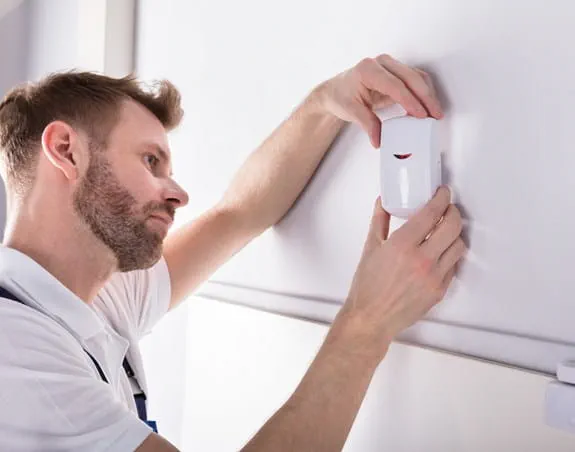Radon
What is radon – and how are we exposed to it?
How we’re exposed to radon
If you work in a mine (uranium or any other type that is underground), you may breathe air that has naturally high levels of radon if proper ventilation systems are not in place.
It’s rare, but radon can also be found in water. Radon in water can be a problem when the water is from the ground, such as from private or community wells. Radon is released from the water into the air during normal use such as showering or cooking. However, most communities get water from reservoirs or other open bodies of water where radon levels are very low.

Radon and cancer
The International Agency for Research on Cancer (IARC) classifies radon as a known cause of cancer. Breathing in radon gas can damage cells that line the lungs. Exposure to radon gas increases your risk of lung cancer. This risk depends on how much radon you are exposed to and for how long, as well as if you smoke. If you smoke, you are at an even higher risk of developing lung cancer if you are exposed to radon.
Radon exposure is the leading risk factor for lung cancer in people who have never smoked. Health Canada estimates that about 16% of lung cancer deaths are related to being exposed to radon in the home. It’s estimated that in Canada there are more than 3,000 lung cancer deaths related to radon each year.
Our recommendation
The Canadian Cancer Society recommends that people test their home for radon and take action to reduce high levels of radon if they are found. The only way to know radon levels is by testing for them. There are no safe levels of radon exposure so people should always try to reduce levels to as low as reasonably achievable.

Test your home for radon – here’s how
The only way to know how much radon is in your home is to test it.
To test your home for radon, you can purchase a test kit at some hardware stores or online from several organizations that are working to reduce radon. You can also hire a certified professional to perform a test for you. Find out more about how to test for radon in your home.
Radon levels are measured in becquerels per cubic metre (Bq/m3). Health Canada’s radon action guideline is 200 Bq/m3, but other jurisdictions have set different limits. The World Health Organization (WHO) recommends a limit of 100 to 300 Bq/m3 and the United States has a limit of 148 Bq/m3.
If the level of radon is above 200 Bq/m3, you should work with a C-NRPP certified professional to lower the levels in your home. Even if the radon levels are below 200 Bq/m3, you may still want to try to reduce levels to as low as reasonably achievable.
Your trusted source for accurate cancer information
With support from readers like you, we can continue to provide the highest quality cancer information for over 100 types of cancer.
We’re here to ensure easy access to accurate cancer information for you and the millions of people who visit this website every year. But we can’t do it alone.
Every donation helps fund reliable cancer information, compassionate support services and the most promising research. Please give today because every contribution counts. Thank you.
